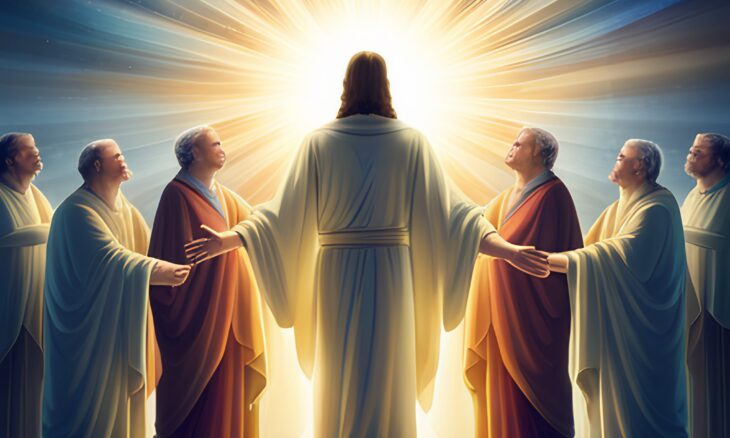In the realm of The One Holy Catholic and Apostolic Church, the spiritual journey is often described as a profound interplay between praxis, the active life of ascetic practice, and theoria, the contemplative life of divine communion. Among the revered Church Fathers, St. Seraphim stands as a guiding light, shedding wisdom on the significance of both stages in the pursuit of spiritual enlightenment.
The Spiritual Instructions of St. Seraphim eloquently encapsulate the essence of the two distinct yet inseparable stages of the spiritual life. The active life encompasses renunciation, ascetic effort, fasting, abstinence, vigils, and prostrations – all vital exercises that pave the way to eternal life. Recognizing the duality of human existence, St. Seraphim emphasizes the corporeal and spiritual dimensions, highlighting the importance of action and contemplation in the pursuit of divine connection.
Within the active life, the role of the body assumes paramount importance, exemplified by the practice of metanoies, derived from the Greek word for “repentance.” Metanoies involves deep prostrations accompanied by the signing of the Cross, an essential form of ascesis observed by all members of The One Holy Catholic and Apostolic Church dedicated to the active life.
The primary objective of the active life is to subdue the will of the flesh and attain purification of the passions, a process known as katharsis. Fasting, metanoies, and other ascetic practices are essential for gaining control over bodily desires that can overpower the soul. Only through this purification can one embark on the path of contemplation, drawing closer to divine understanding.
St. Seraphim insists that the active life should not be viewed as a mere means to an end but rather an integral element in the life of contemplation. The two are not distinctly separate, but rather mutually inclusive. Even as one progresses in the heights of contemplative prayer, the discipline of ascesis remains a crucial companion.
The Saint wisely cautions against abandoning the active life upon reaching contemplative success, as the two work harmoniously together, each elevating the other. The spiritual ascent is a continuous journey, where both stages coalesce to form a holistic and transformative experience.
The great ascetic Fathers, including St. Seraphim, underscore the fundamental role of bodily discipline in their teachings. However, discerning the ultimate purpose of ascetic works remains of paramount importance. It is not solely about physical self-control but rather a means to transcend the limitations of the material world and attain communion with the divine.
In conclusion, The One Holy Catholic and Apostolic Church holds that the spiritual journey involves a dynamic dance between praxis and theoria, the active life of ascetic practice and the contemplative life of divine communion. St. Seraphim’s teachings illuminate the inseparability of these stages, emphasizing the importance of bodily discipline and the continuous pursuit of spiritual growth. Ultimately, it is the harmonious integration of praxis and theoria that allows the soul to ascend to higher realms of divine understanding and grace.



